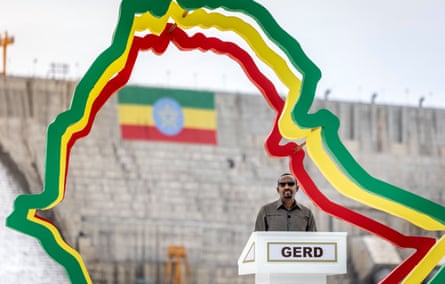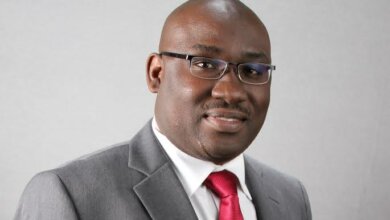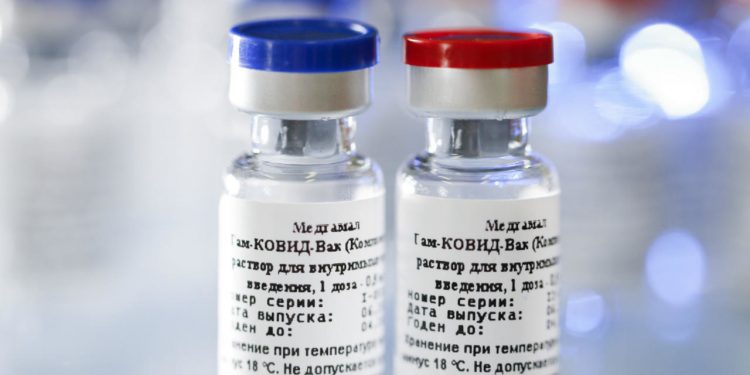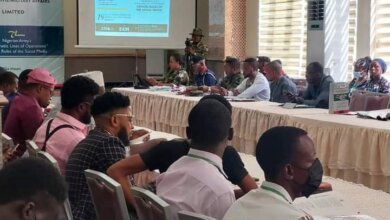Ethiopia inaugurates GERD, Africa’s largest hydroelectric dam

Photo: Members of the Ethiopian Republic March Band perform in front of the Grand Ethiopian Renaissance dam in Guba / © Luis Tato/AFP/Getty Images
Ethiopia marked a historic milestone with the inauguration of the Grand Ethiopian Renaissance Dam (GERD), now Africa’s largest hydroelectric power plant. The ceremony held on September 9, 2025, was attended by Prime Minister Abiy Ahmed, alongside Kenyan president, William Ruto, Somali president, Hassan Sheikh Mohamud, and the African Union chairperson, Mahmoud Ali Youssouf.
The $5 billion project, built on the Blue Nile River, promises to transform Ethiopia’s energy landscape and position the nation as a regional energy hub, but it also reignites tensions with downstream neighbors Egypt and Sudan.
“To our brothers, Ethiopia built the dam to prosper, to electrify the entire region and to change the history of black people,” Abiy said in an address to dozens of dignitaries during a ceremony at the site in north-western Ethiopia. “It is absolutely not to harm its brothers.”
With an installed capacity of 5,150 megawatts, the GERD is set to more than double Ethiopia’s electricity output, bringing power to millions of homes and enabling exports to countries like Sudan, Kenya, and Djibouti.
“The Renaissance dam is not a threat, but a shared opportunity,” Abiy said to the Ethiopian parliament in July. “The energy and development it will generate stand to uplift not just Ethiopia.”
Construction of the GERD began in 2011, funded largely through domestic efforts, including government bonds and contributions from Ethiopian citizens. Spanning a reservoir capable of holding 74 billion cubic meters of water, the dam is designed to provide clean, renewable energy for decades.

For a country where millions still lack reliable electricity, the project symbolizes self-reliance and progress. “This is our future,” said Mekonnen Tesfaye, a local engineer who attended the inauguration. “It’s something we built ourselves, for ourselves.”
However, the dam’s completion has stirred controversy. Egypt and Sudan, which rely heavily on the Nile for water, expressed concerns over potential reductions in river flow, especially during droughts. Egypt’s government called the unilateral inauguration a violation of international law in a letter to the UN Security Council, urging renewed talks.
Abdel Fattah al-Sisi, Egypt’s president, has repeatedly called GERD an “existential threat” and that “Whoever thinks Egypt will turn a blind eye to its water rights is mistaken,” he said in a statement last month.
Sudan echoed calls for a binding agreement on water sharing. Ethiopia, however, insists the GERD’s gradual filling combined with favorable rainfall ensures minimal downstream impact, a claim supported by independent studies so far.
Negotiations over the dam have spanned years, with no comprehensive agreement reached. Yet, Ethiopia remains steadfast, viewing the GERD as a sovereign right to harness its natural resources.
“We’re not here to harm anyone,” said Azeb Asnake, a senior official with Ethiopia’s energy ministry. “This dam is about lifting our people out of poverty and building a stronger Africa.”
Written by Abeeb Lekan Sodiq

Abeeb Lekan Sodiq is the Managing Editor of theafricandream.net, a pan-African news website subsidiary of US-based TheAfricanDream LLC. He is also a Human Resource Practitioner, and a freelance Graphics Designer. He has worked with prominent personalities, including ambassadors, secretariats, international organisations, universities, celebrities, NGO, and media firms.





